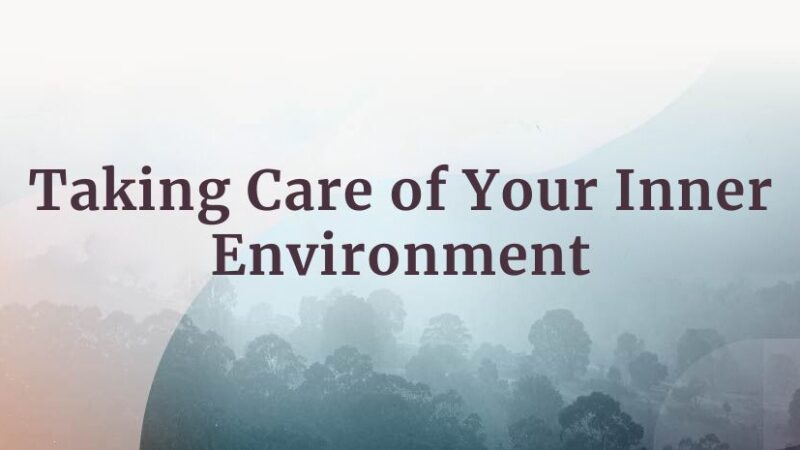Bestselling poet Maggie Smith has a gift for embracing the complexity of our human experience—and for writing about it with piercing intensity, clarity, and beauty. In this podcast, Tami Simon speaks with Maggie about her approach to her craft and to life, and how writing can serve as a pathway to self-discovery and release.
Featuring a reading of the beloved poem “Good Bones,” this insightful episode of Insights at the Edge explores metaphor and life in sensory experience; poetic memoir; Maggie’s “drill-down” exercise; entering the territory of our pain; balancing a creative life and domestic responsibilities; the notion of “containing multitudes”; being an integrated, whole person; intuition and the deep knowing of what is brave, real, and true; sitting with the splinters (instead of sanding them down); allowing “full wingspan” for both individuals in a relationship; endurance versus closure; forgiveness versus acceptance; taking a bird’s-eye view of our experiences; making life more beautiful for everyone; and more.
Note: This episode originally aired on Sounds True One, where these special episodes of Insights at the Edge are available to watch live on video and with exclusive access to Q&As with our guests. Learn more at join.soundstrue.com.






